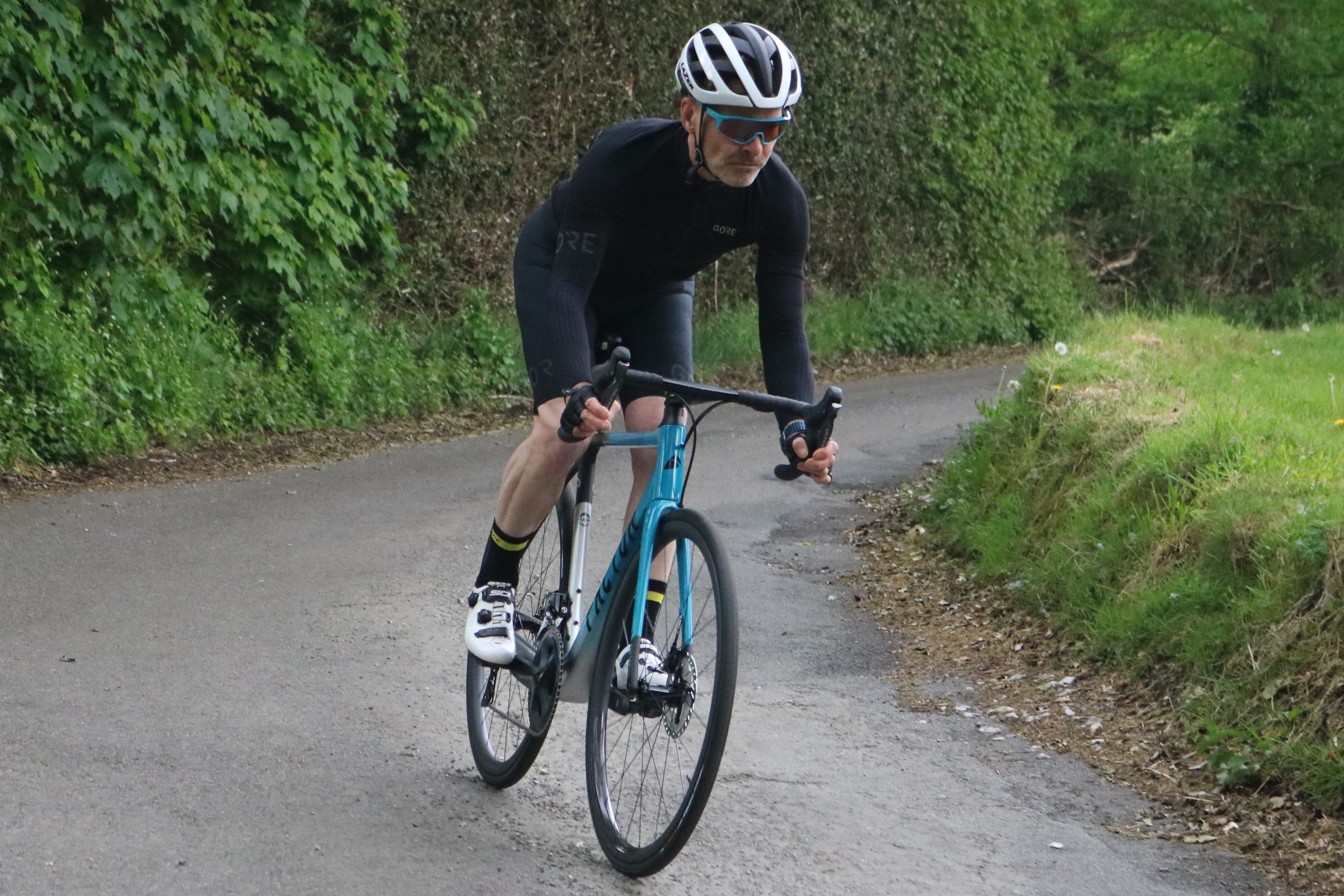Wilier Cento 10 NDR Review
Wilier takes a radical approach to increased comfort with the Cento 10 NDR's built-in rear suspension
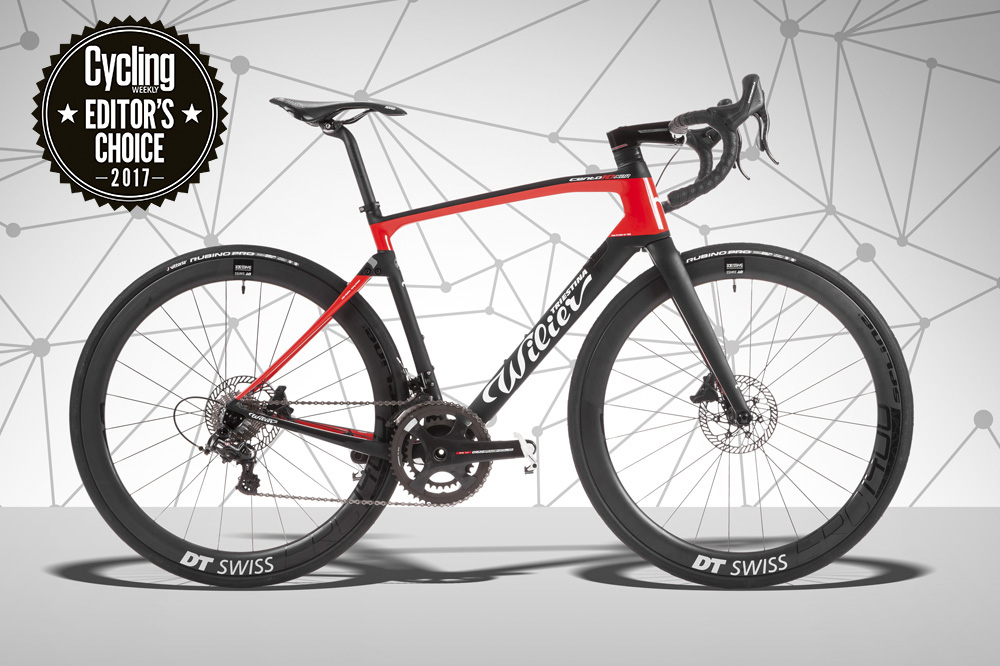
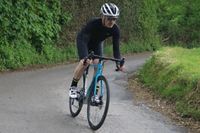
With an increase in global numbers of older recreational cyclists looking for a premium road bike, Wilier sees this as a growing market for its products. Many won’t want the race-oriented geometry that you find on those top end-road bikes that are often consumer versions of the bikes ridden by pro teams. The Wilier Cento 10 NDR builds on the design features of the brand’s successful race bikes to offer a more endurance-focussed ride. It follows the modern endurance trends, offering a more relaxed riding position, wider tyres and disc braking.
At the beating heart of the endurance frame is the "Actiflex" rear suspension, designed to enhance comfort in the frame. The system uses an alloy linkage between the seatpost and seatstays that has two pivots so that the two can move relative to each other. The pivot points are built into the carbon layup of the seat tube and seatstays. It’s designed with widely spaced hinge bolts so that rear-end rigidity is maintained.
The damping is provided by a 'technopolymer' block in the linkage which is compressed as the pivot moves up over road imperfections. You can get the block in three different densities to fine-tune the ride characteristics; the bike is shipped with the medium-density block.
This allows up to 6mm of movement, which may not sound like a lot, but you can feel its road-smoothing effect on bumpier roads. Wilier has had a multi-year programme to design the linkage, including using accelerometers attached to the frame to measure vertical deflection over different surfaces.
The technopolymer used is heat stable between -40°C and +150°C, so ride characteristics won’t change with temperature.
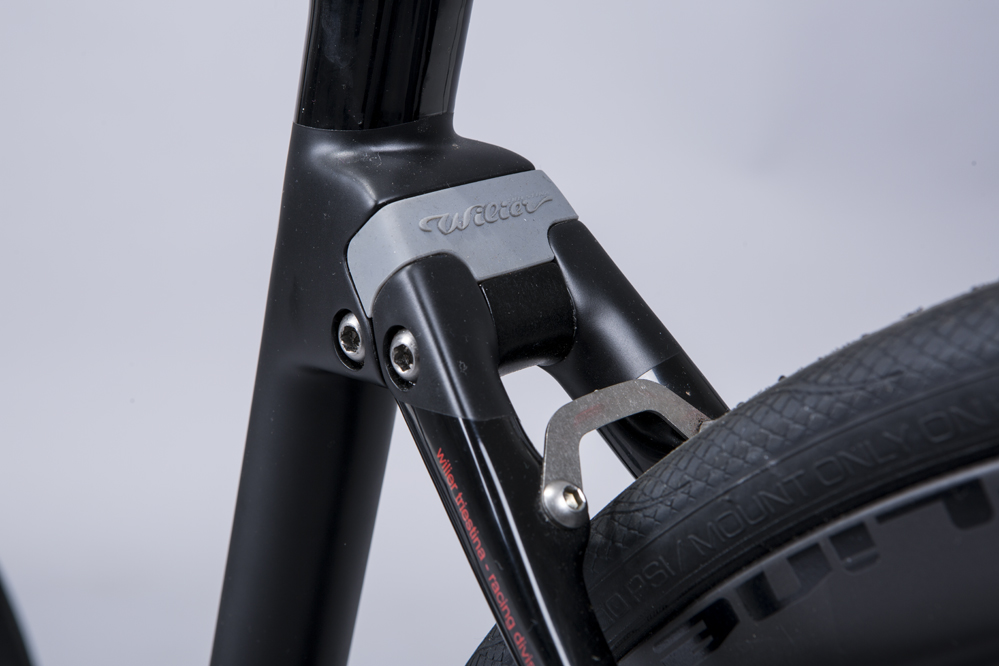
The Wilier Cento 10 NDR boasts other comfort features too. It has a shorter reach and higher head tube than Wilier’s race bikes for a more upright riding position. It also uses a round-section Ritchey carbon seatpost, which should be more compliant than an aero design.
But the front end of the frame of the Wilier Cento 10 NDR shares a lot of the aero design features of the Cento 10 Air race bike, with NACA truncated aerofoil tube sections to the down tube, fork and seatstays.
The latest race content, interviews, features, reviews and expert buying guides, direct to your inbox!
A very adaptable platform
There’s a lot of adaptability built into the frame of the Wilier Cento 10 NDR. The bike is designed for disc brakes, but if you prefer rim brakes, there are direct mount rim brake bolts and the necessary cable ports built into the frame and fork. And the dropouts have neatly built in adapters that let you switch between disc brake and rim brake axle standards.
As well as its aerodynamics, Wilier has developed the cockpit integration on its newest machines, making for a seriously neat front end. The Cento 10 Air race machine has an integrated single piece bar and stem, with all the cables running internally. The Wilier Cento 10 NDR takes this a stage further with a separate bar and stem which nevertheless hides the cable running from the levers while offering more adjustability than a one-piece aerobar.

Cables and hoses run inside Wilier’s bespoke Barra carbon bar then enter a cavity in the chunky Stemma carbon stem. They then pass through a notch in the headset bearing into the frame. For an electronic set-up, all the wires and brake hoses run internally; with a mechanical groupset, like the Super Record on the test bike, there’s not quite enough room for all the cabling so the rear brake hose alone is routed externally into the down tube.
The front brake hose runs internally through the fork crown into the left fork leg, so there’s only the short section of hose running to the caliper on view. It adds up to a very neat look with a minimum of cabling on view without adversely affecting shifting or braking quality.
Premium components
The built-in comfort features of the frame allow the Wilier Cento 10 NDR to run deeper section DT Swiss 1400 Spline 47 carbon wheels. They carry Vittoria Rubino Pro tyres, with their 28mm width allowing them to be run at lower pressures, also helping add comfort to the ride. There’s enough clearance for 30mm tyres.
New this year, the Campagnolo hydraulic disc brake groupsets include a range of features to enhance usability. It’s not just the braking that has changed either, with Campag redesigning the chainset and rear mech to deal with the different alignment of disc-braked axles.
The test Wilier Cento 10 NDR comes with Campagnolo’s top mechanical groupset, Super Record. This boasts impressive lever ergonomics. They’re a bit wider and taller than a rim brake lever, but still have the same curved shape and soft hoods, with the levers placed exactly where you need them for comfortable braking and shifting. Wilier uses 160mm brake rotors front and rear for assured stopping power, with little risk of fade.
Comfortable off road too
Although it doesn’t look it, the reach on the Wilier Cento 10 NDR feels significantly shorter and the bars higher than on a standard race bike. So you sit more upright and more of your weight is on the saddle, where the suspension is sited.
You can feel Wilier’s suspension system in operation as soon as you set out. It works well to smooth out larger bumps in the road. Although you can still feel the surface gravel on typical UK roads it’s less pronounced, although the wide 28mm tyres run at lower pressure may also play a part.
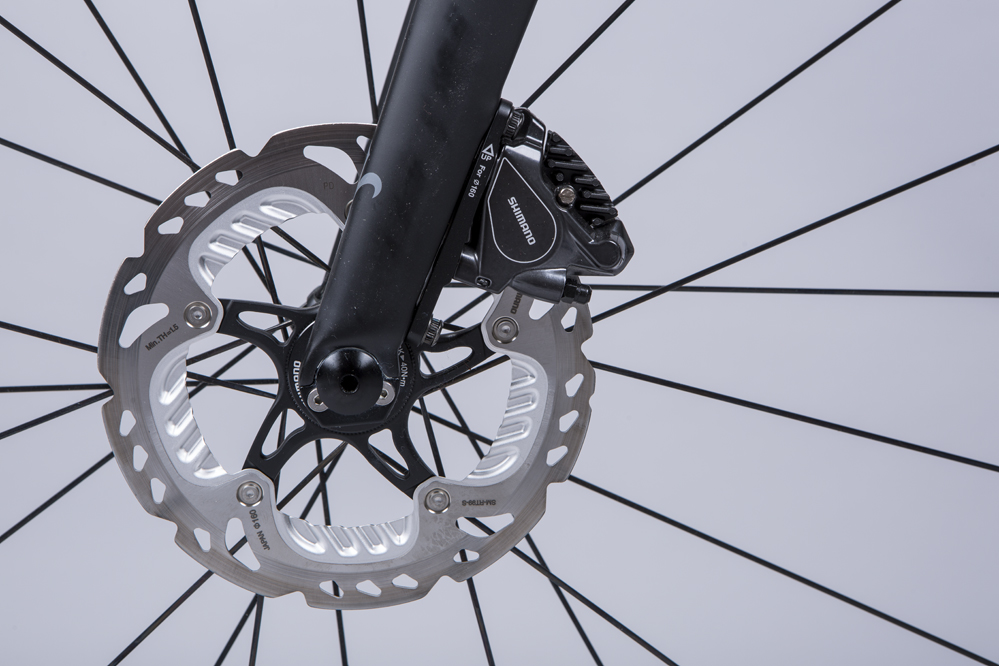
Where the suspension stands out is on bumpier surfaces: it really helps on cobbles and on the gravel paths which we rode at the bike’s launch. On such surfaces, you really float over the imperfections.
Wilier’s carbon bars have an elliptical section to the tops, so you have extra room to rest your hands, while the Campagnolo hydraulic levers’ hoods are a bit wider than its mechanical units and have really comfortable grips, making them the perfect perch for your hands.
Shifting is, as you’d expect from Campagnolo’s premier groupset, exemplary, while stopping power from the Campagnolo disc brakes is good too, with a light action.
The Wilier Cento 10 NDR does offer something unique with its neat suspension system and extensive integration. It’s very comfortable for extended rides and is a thing of beauty too. The suspension system avoids gimmickry, working well and even encourages you to take the top-end bike to areas you would avoid, such as cobbles and rough gravel.
Paul started writing for Cycling Weekly in 2015, covering cycling tech, new bikes and product testing. Since then, he’s reviewed hundreds of bikes and thousands of other pieces of cycling equipment for the magazine and the Cycling Weekly website.
He’s been cycling for a lot longer than that though and his travels by bike have taken him all around Europe and to California. He’s been riding gravel since before gravel bikes existed too, riding a cyclocross bike through the Chilterns and along the South Downs.
